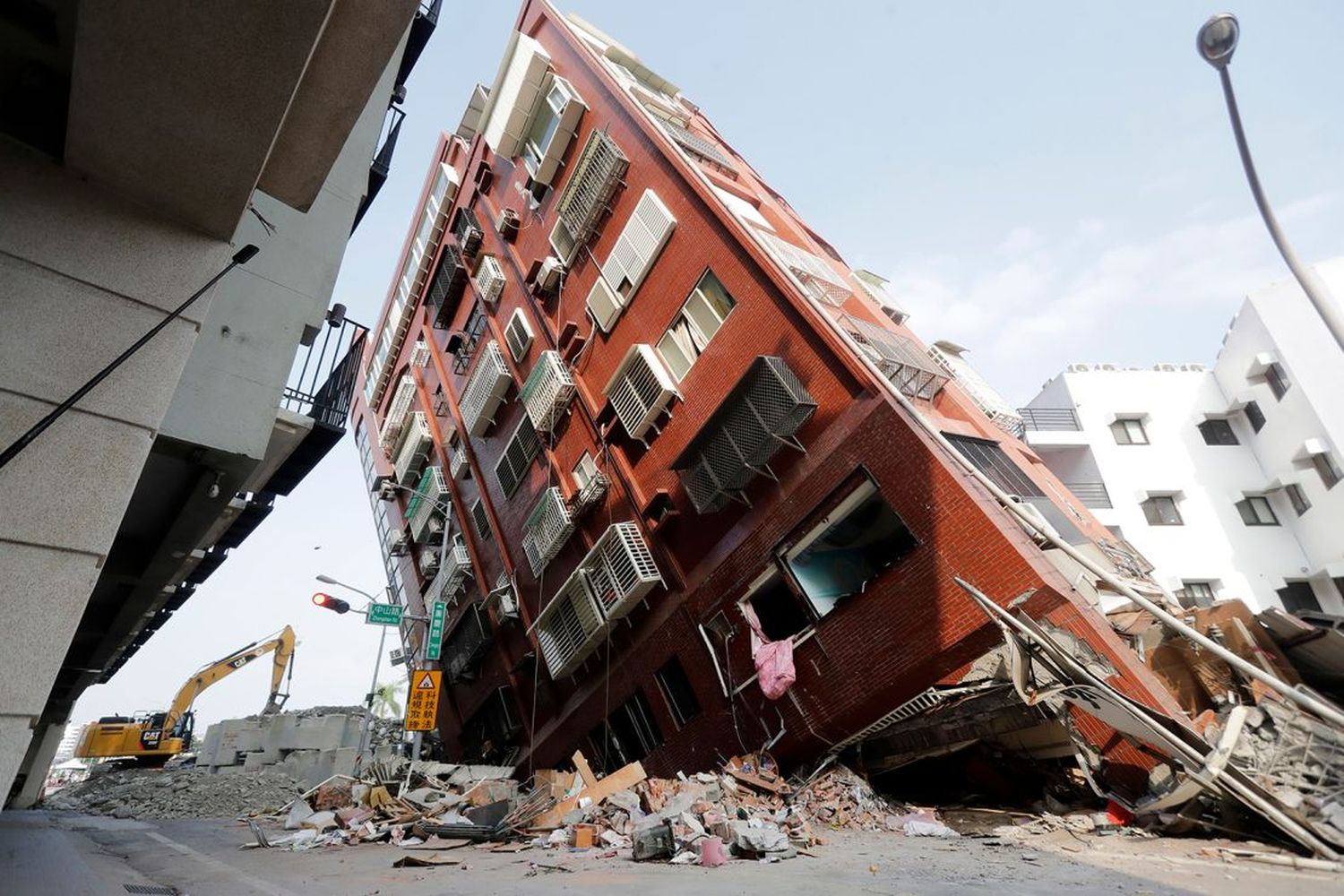Taiwan Earthquakes
Taiwan Rattled by Strong Earthquakes Just Weeks After Deadly One
In the early hours of a quiet Tuesday morning, Taiwan was once again shaken by a series of strong earthquakes, striking fear and anxiety into the hearts of its residents. This seismic activity comes just weeks after the island nation experienced its most powerful earthquake in 25 years, which resulted in significant casualties and damage.
According to the U.S. Geological Survey, the first of the new quakes, a magnitude 6.1, occurred at 2:26 a.m. local time, centered just off the eastern shore of Taiwan, approximately 17 miles south of Hualien City. This was closely followed by a second earthquake, registering at magnitude 6.0, about six minutes later near the same area.
The back-to-back tremors are part of a series of aftershocks following the April 3rd earthquake, which had a magnitude of 7.4 and caused the deaths of at least 16 people, injured more than 1,100, and left significant infrastructure damage across Hualien County. The recent quakes have heightened concerns about the region's vulnerability to seismic events, as Taiwan is located on the Pacific "Ring of Fire," an area with frequent tectonic activity.
Despite the strength of the recent quakes, initial reports from the National Fire Agency of Taiwan indicate that there have been no immediate reports of serious injuries or fatalities. However, the psychological toll on the residents, still reeling from the previous disaster, is palpable. Many people were jolted awake by the shaking and subsequent alarms, with some choosing to spend the remainder of the night outside their homes, fearful of aftershocks.
The Taiwan Central Weather Bureau, which also recorded the quakes, has been closely monitoring the situation. They have reassured the public that while aftershocks are expected to continue, the intensity of these tremors should decrease over time.
Infrastructure in the affected areas, particularly in Hualien, is under scrutiny as buildings and roads had already been weakened by the earlier quake. Emergency response teams were quick to inspect bridges, roads, and buildings for new damage, and repair crews were dispatched to reinforce structures deemed at risk.
In response to the quakes, Taiwan's President Tsai Ing-wen has reiterated the government's commitment to enhancing the nation's earthquake preparedness and response systems. "Our priority remains the safety and security of all Taiwanese," Tsai stated in a press conference following the earthquakes. She also highlighted ongoing efforts to improve structural resilience and public education on earthquake safety.
Internationally, the quakes have drawn expressions of support and offers of assistance. Countries around the Pacific Rim, aware of the challenges posed by such natural disasters, have extended their readiness to aid Taiwan in both rescue efforts and reconstruction.
The recent seismic activity has also prompted discussions among experts about the need for better predictive technologies and more stringent building codes, especially in regions prone to frequent earthquakes. Dr. Chen Yong, a seismologist at the National Taiwan University, emphasized the importance of community-based preparedness programs. "It is crucial that every household knows what to do in the event of an earthquake. Preparedness saves lives," he explained.
As Taiwan faces the aftermath of these latest tremors, the resilience and solidarity of its people are once again being tested. With a history of overcoming natural disasters, the island is poised to rebuild and strengthen its defenses against the inevitable challenges of its tectonic setting. The focus remains on recovery and preparedness, with the hope that future tremors will meet a robust and well-prepared nation, ready to protect and preserve its communities.

